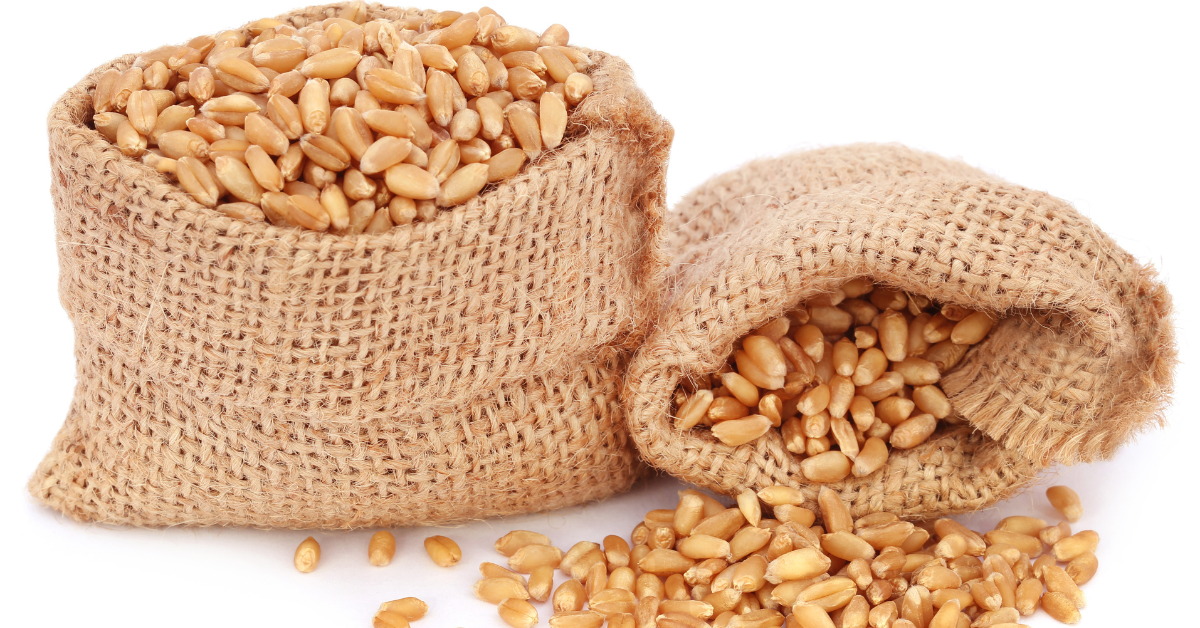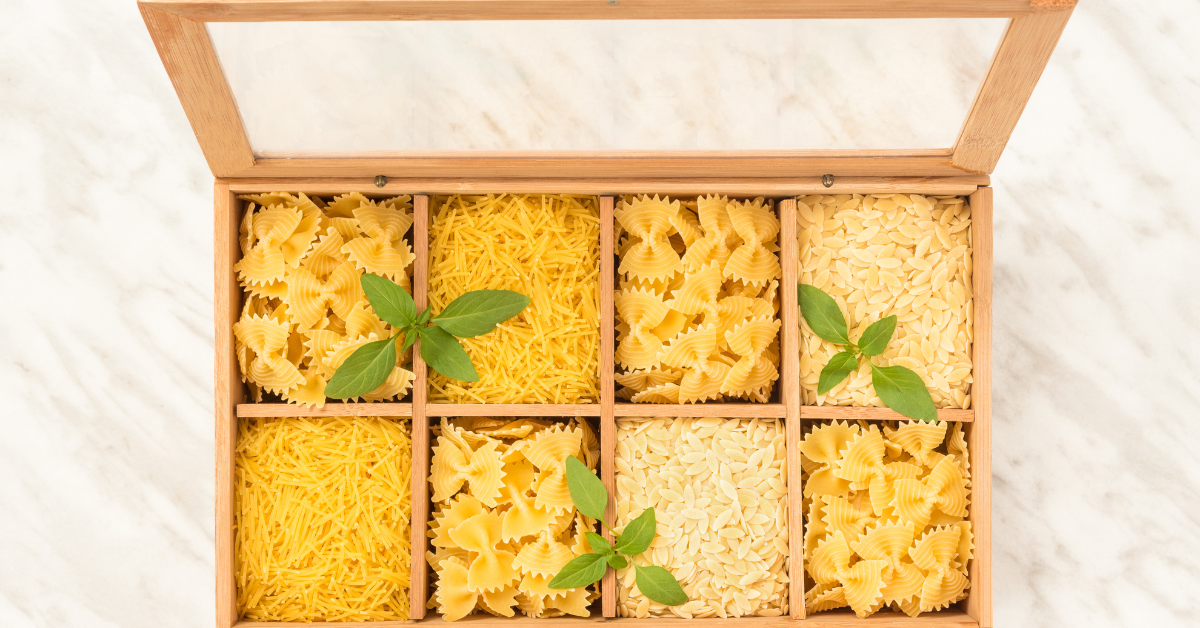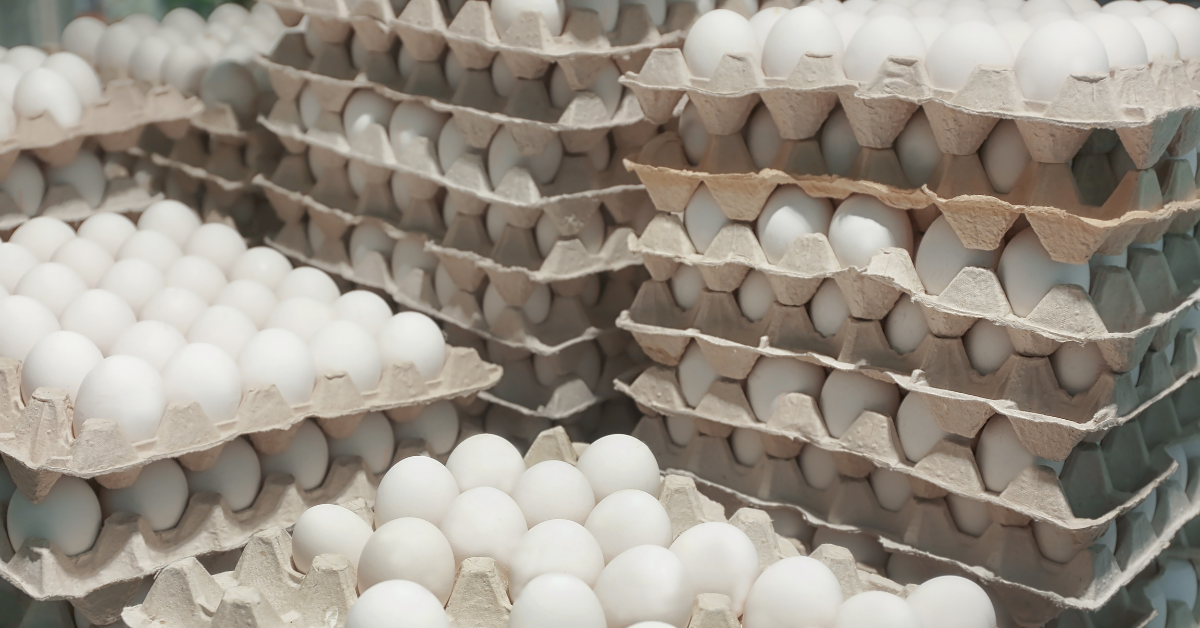The question of the minimum calories per day to survive often doesn't cross our minds in normal circumstances. However, should a natural disaster strike or civil unrest breaks out, and things turn sideways, you may find yourself in a survival situation, needing to know about the minimum calories to survive.

The minimum number of calories per day to survive depends on the person. The amount of calories a person needs is largely impacted by their:
- Age
- Sex
- Activity level
- Body type.
If you are prepping emergency food in case of disaster, and are curious about the minimum amount of calories you and your family need to survive, keep reading. Below you will learn about the intricacies of calories, the importance of your Basal Metabolic Rate, and the most nutritious types of emergency food.
Click to download our free survival guide that will help you calculate the calories you need each day.
What are Calories and How Do They Relate to Survival?

Calories are simply units that measure how much energy a food item or drink contains. The number of calories, or energy, you require daily to survive varies based on a multitude of factors.
When thinking about the minimum calories to survive, consider factors like:
- Your age – typically, growing children or teenagers require more calories. As you age, fewer calories are required.
- Your lifestyle – how active you are affects how many calories you need to fuel your body. The more active you are, the more calories your body needs.
- Your body type and size – the height and weight of your body will affect how quickly you burn calories.
- Your sex – typically, men consume more calories than women due to the larger average body size of men compared to women.
Besides age, lifestyle, and body type, other factors may affect how many calories you burn daily. For example, some hormones, such as thyroid hormones, impact how you burn calories. In addition, some medicines may affect how your body processes the calories you consume.
Are you curious about how many calories you need to survive? Download our free survival guide today!

The Essential Role of Our Bodies in Burning Calories for Survival

Before we get into the minimum amount of calories you need to survive, it’s important first to review how our bodies burn calories in the first place. Knowing this will help strengthen your understanding of caloric intake and how to feed yourself properly during survival situations.
But first, let's learn about the Basal Metabolic Rate (BMR). Our body’s BMR is the minimum number of calories needed to sustain vital functions, such as brain function, breathing, and heart rate.
Your BMR is unique to you. Calculating your BMR can provide valuable insights into how many calories you need to survive.
Three major physiological processes are responsible for burning the calories we consume.
- The Thermic Effect of Food (TEF): TEF is the number of calories our bodies burn while digesting food.
- Thermic Effect of Exercise (TEE): TEE is the number of calories our bodies burn as it performs a physical activity, such as running or walking.
- Non-Exercise Activity Thermogenesis (NEAT): NEAT is the process of burning calories while our bodies are more or less at rest but still fidgeting around or changing position, like when we sit at our desks to work.
Calorie Consumption Based on Age, Sex, Activity Level, & Body Type

Every person is different, and every body has different needs. The number of calories a person needs will fluctuate based on age, sex, activity level, and body type. Below you will find some basic recommendations on behalf of the USDA’s Dietary Guidelines for Americans, 2020-2025.
|
Children |
Recommended Daily Caloric Intake |
|
2-4 years |
Male: 1,000 -1,600 calories Female: 1,000 - 1,400 calories |
|
5-8 years |
Male: 1,200 - 2,000 calories Female: 1,200 - 1,800 calories |
|
9-13 years |
Male: 1,600 - 2,600 calories Female: 1,400 - 2,200 calories |
|
14-18 years |
Male: 2,000 - 3,200 calories Female: 1,800 - 2,400 calories |
|
Women |
Recommended Daily Caloric Intake |
|
19-30 years |
2,000 - 2,400 calories |
|
31-59 years |
1,800 - 2,200 calories |
|
60+ years |
1,600 - 2,000 calories |
|
Men |
Recommended Daily Caloric Intake |
|
19-30 years |
2,400 - 3,000 calories |
|
31-59 years |
2,200 - 3,000 calories |
|
60+ years |
2,000 - 2,600 calories |
|
Activity Level |
Recommended Caloric Intake
|
|
Sedentary Lifestyle |
Your BMR x 1.2 |
|
Slightly Active Lifestyle |
Your BMR x 1.375 |
|
Moderately Active Lifestyle |
Your BMR x 1.55 |
|
Active Lifestyle |
Your BMR x 1.725 |
|
Very Active Lifestyle |
Your BMR x 1.9 |
The Best Emergency Food For Survival: A Calorie Perspective
When faced with a natural disaster or emergency scenario, the emergency food you have with you will depend on if you have chosen to bug out vs. bug in. If you choose to grab your bug out bag and leave, you will burn more calories. You will probably only have your 72-hour kit until you reach your bug out location where hopefully, you have more food stored.
[product_render product-handle="72-hour-emergency-food-kit"]
During an emergency or disaster, the emergency food you've stocked will play a key role in your survival.
Nevertheless, whether you decide to bug out or bug in, certain foods are better than others for keeping you and your family at least at minimum calories in survival situations.
When considering the minimum calories to survive, the best emergency food should:
- Requires no extra tools or appliances other than cooking.
- Has a 25- to 30-year storage life.
- Contains all the essential nutrients and is calorically dense.
|
● Beef ● Chicken ● Sausage |
|
|
Grains |
● Whole Oats ● Steel Cut Oats ● Oatmeal ● Rice ● Corn |
|
Freeze Dried Prepared Meals |
● Mac and Cheese ● Risotto ● Chili ● Soup ● Fettuccine Alfredo |
|
Beans and Legumes |
● Black Beans ● Kidney Beans ● Navy Beans ● Peas ● Chickpeas ● Pinto Beans |
|
● Apple Slices ● Bananas ● Blackberries & Blueberries ● Onions ● Carrots ● Celery ● Potato flakes |
|
|
Sweeteners |
● Sugar ● Honey ● Syrup |
|
Other Essentials |
● Salt ● Baking Soda ● Vinegar ● Water ● Multivitamins |
Final Thoughts On The Minimum Amount of Calories Needed to Survive
While the minimum calories to survive depend on factors like sex, age, lifestyle, and body type, it's crucial to conduct personal research and find out what's best for your specific needs. And, remember, according to the survival rules, food is lower down on the list than a survival shelter and water. We recommend you do some personal research and find out what’s best for you and your body specifically. For example, the Body Weight Planner from the National Institute of Health is a fantastic tool for getting started.
If you find yourself asking, "how many calories do I need to survive?" or "how much food storage do I need," don't hesitate to reach out. We have product experts waiting to help you prepare for the unexpected.
Adding onto the calorie discussion, it's vital to mention the importance of nutrient-dense food. Even if a food is low in calories, if it's rich in essential vitamins and minerals, it can help in maintaining your health during a survival situation. Incorporate fruits, vegetables, lean proteins, and whole grains into your emergency food supplies. These foods not only provide the necessary calories but also offer vital nutrients to keep you functioning optimally.
Another important point to consider is the macronutrient distribution in your food. A balanced distribution of protein, fats, and carbohydrates is important for sustained energy levels and overall health. If you're planning on being physically active, carbohydrates can provide immediate energy, while proteins and fats are beneficial for prolonged energy. Understanding this can significantly help in managing your energy and caloric needs during a survival situation.
We at Valley Food Storage are committed to your safety and preparedness. Our emergency food kits are thoughtfully designed, taking into consideration the minimum calories to survive along with the nutrition needed to keep you and your loved ones healthy during emergency situations. We are here to support your journey towards self-reliance and independence.



